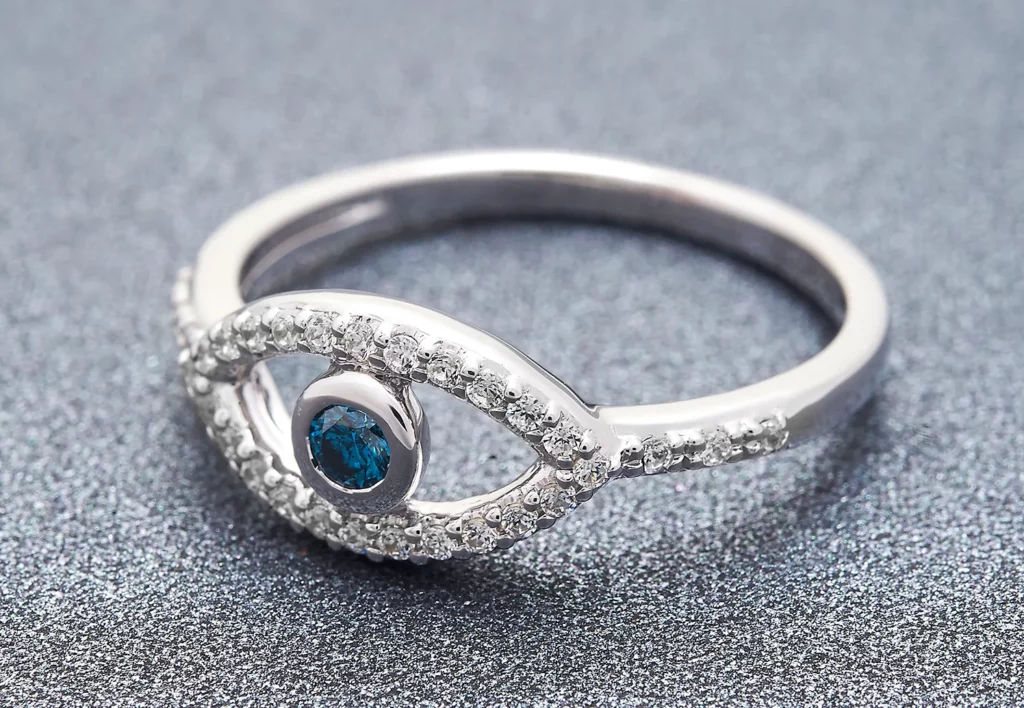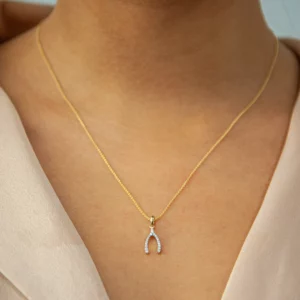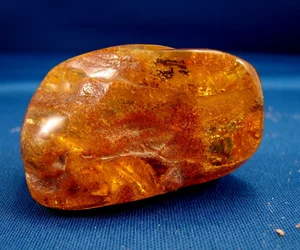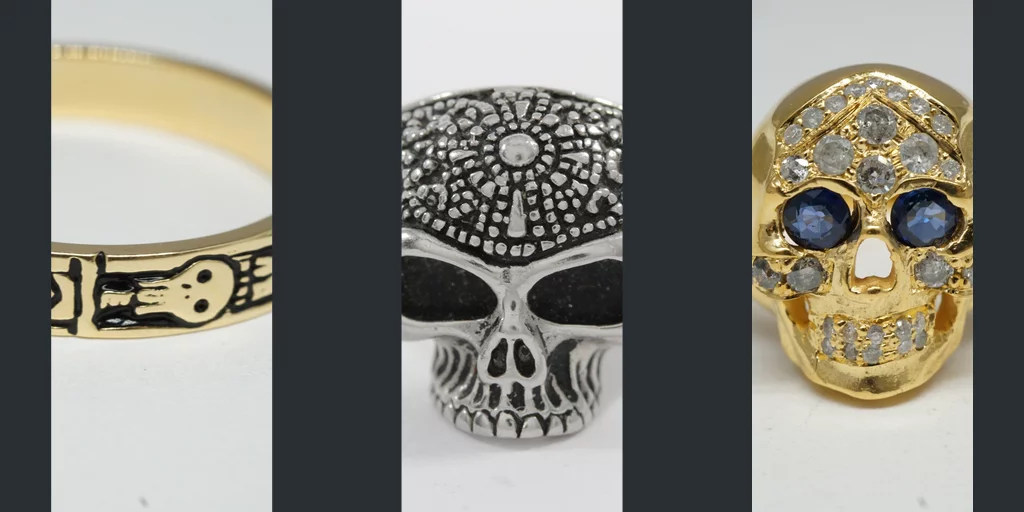Very Superstitious: The Legends and Stories Behind Lucky Jewelry
Written by Anna Currell
October 20, 2022

Superstition keeps us in the habit of performing rituals, like carrying a lucky penny or knocking on wood to avoid a jinx. If you toss salt over your shoulder or avoid walking under ladders, then you’re probably a little superstitious (even if you don’t realize it). Most superstitions come with a long tradition or history, which is also true about the lucky jewelry associated with those beliefs. In honor of spooky season and all things superstitious, read on to learn about the tradition of good fortune jewelry.
What is Lucky Jewelry?
Lucky jewelry is special jewelry worn for protection and good fortune. The practice of warding off bad luck, disease, or evil with tiny tokens dates back centuries to the ancient Egyptians. Amulets were very popular at the time; these small pendants were often worn as necklaces because they were believed to be magically charged. Gifting an amulet involved a small ceremony to transfer the amulet’s magical properties to the person who would be wearing it, unlocking the piece’s powers of protection and luck. Back then, Egyptians would often bury their dead with their amulets to ensure that they would have live on in the afterlife. Amulets could come in any shape, but they were most often modeled after popular deities, animals, or occult symbols.
This kind of lucky or protective item has seen many iterations all over the world throughout history. Even today there are superstitious practices involving charms, figurines, or pendants that people believe will bring them good luck and keep them away from harm. Today, many people incorporate these kinds of superstitions into their jewelry, just like the ancient Egyptians. Let’s look at a few of the most popular lucky jewelry motifs:
Evil Eye
To Ward Off Evil

The traditional evil eye is a dark blue circle with a black pupil and a white iris, and it has traditionally been used for protection. The evil eye symbol has spanned countless cultures, regions of the world, and religious practices. The earliest iterations were seen in Mesopotamia in 5000 BC, but Muslim, Christian, Jewish, Hindu, and Buddhist communities have all created their own adaptations of the evil eye symbol since then. Having the evil eye present or wearing one on your body has long been believed to ward off harm and protect the wearer from malicious spells, hexes, or just bad vibes.
Wishbone
To Grant Wishes

The legend of the wishbone is vague, but the most popular story can be traced back thousands of years to Etrusia, a small community in Italy. Etruscans believed that hens were prophetic and that the furcula, or collarbone, would bring good luck. They took special care of each furcula bone, letting it dry in the sun before making wishes over it. The ritual of breaking the wishbone didn’t come until much later, when they were in scarce supply. In order to help everyone get their wishes granted, Etruscans would pair up and break the bones by pulling from both ends until they cracked.
This is now a popular Thanksgiving tradition; the myth says that the person who gets the longer end of the bone after it snaps will have their wish come true. Today, wishbones symbolize great potential, good luck, and hope for the future. As a nod to these long standing traditions, the wearer is supposed to make a wish when they first put on the wishbone jewelry.
Horseshoe
For Protection

Horseshoes are a sign of protection and safety. The most common legend says that a hoofed devil visited a blacksmith named Dunstan and asked for a pair of horseshoes for himself. Saint Dunstan obliged, but the hot irons hurt the devil and he begged Dunstan to take them off. Dunstan saw his opportunity, and he made a deal to take them off as long as the devil agreed never to enter any home that had a horseshoe on its door. (St. Dunstan is recognized as the patron saint of blacksmiths to this day.)
Horseshoes are also associated with luck because both the craft of blacksmithing and the metal irons they used were considered lucky. Since iron can’t be melted easily, ancient civilizations thought that the ability to mold and work with the metal was magical. The folklore of lucky horseshoes spread, and even to this day, people will hang horseshoes on or near their doors to protect their homes and bring them good luck. Many people wear them as charms on their jewelry for the same reason, so you can easily find horseshoe earrings, pendant necklaces, bracelets, and more.
Lucky Penny
For Wealth and Prosperity
Ever heard the saying “find a penny, pick it up, all day long you’ll have good luck”? Pennies bringing good fortune is another legend that doesn’t have a clear origin. Some theories say that it derives from religious beliefs throughout history; some ancient civilizations believed that copper was an elite resource and that anything made of copper would bring prosperity and wealth. Another theory is that a penny symbolizes the fine line between good and evil, two sides of the same coin. Finding a penny heads up is a sign of good luck, whereas tails is a sign of bad luck. Today, people still wear pennies as pendant necklaces to summon good luck and wealth.
Which lucky jewelry symbols appeal to you most? Do you plan on wearing any to protect you from evil and bring you good fortune? Even if the superstition of it all isn’t quite for you, lucky jewelry can also make a great gift with a meaningful message for someone you care about. To keep your lucky jewelry (and your luck) intact, we recommend taking good care of your most superstitious pieces by having them cleaned every six months or so. Luckily, the experts at Quick Jewelry Repairs can help with that!


